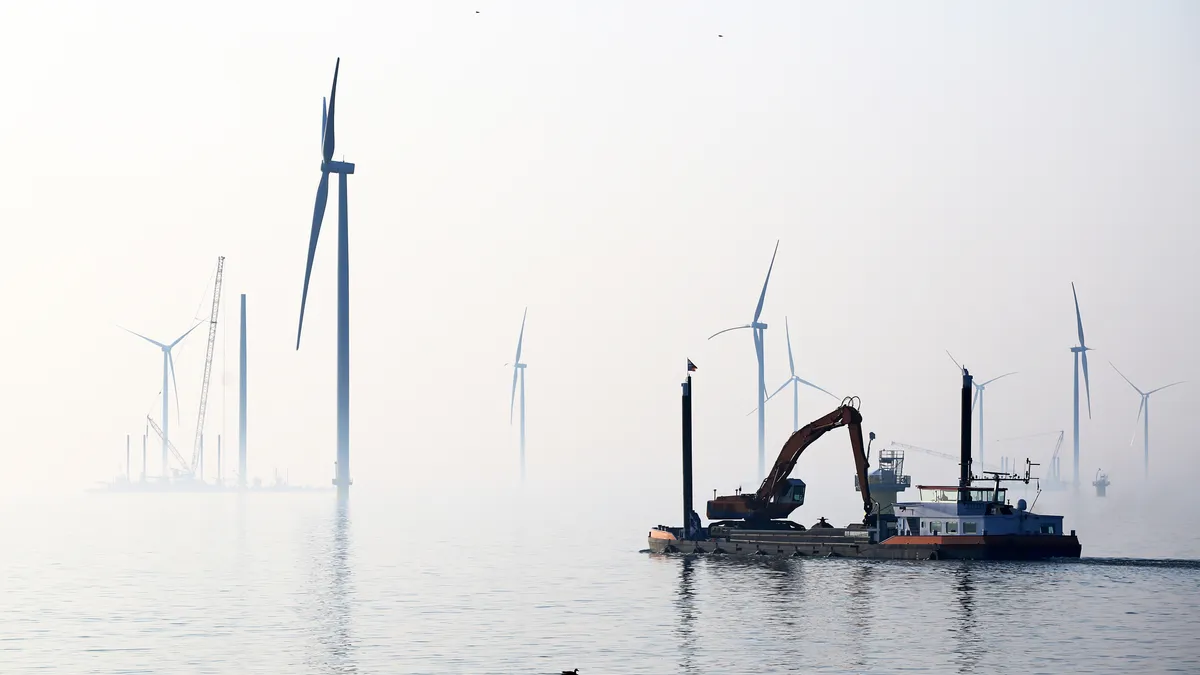A lack of early-career experience opportunities for potential wind energy workers is driving a “workforce gap,” according to two studies from the National Renewable Energy Laboratory.
Wind energy workers are in particular demand as government at all levels increasingly moves toward zero-emissions goals.
NREL’s reports, which suggest possible solutions such as cooperative education and apprenticeships, said 83% of the potential wind energy workforce has had “some or great difficulty” finding job opportunities in the industry. At the same time, 68% of wind energy employers had faced “some or great difficulty” finding qualified applicants.
In a survey, 28% of students reported a “considerable challenge” to get the relevant work experience needed to find opportunities in the wind energy industry, and a majority of industry representatives identified a lack of experienced applicants as the biggest barrier to hiring.
“Those in the potential workforce that had actively sought a career in the wind energy industry reported difficulty getting hands-on training that develops wind-energy-specific skills,” one report says.
NREL suggests better communication between the wind industry and educational institutions to promote student awareness of internships, jobs and workshops, and reports that 54% of industry respondents surveyed said that they have not reached out to, or worked with, schools to find qualified candidates.
NREL suggests that the wind industry could leverage its positive perception to boost student interest in wind careers, as well as embracing Department of Energy-sponsored programs aimed at supporting workforce development.
Employment in renewable energy is growing, with solar and wind jobs outpacing the rest of the domestic economy, DOE said following a June jobs report. In 2021, the wind energy industry added 3,347 new jobs – a 2.9% increase.
However, the industry has struggled not only with finding experienced applicants but also recruiting underrepresented groups.
A 2021 report from BW Research Partnership, E2, and a coalition of clean energy industry groups found that women were “vastly underrepresented” in the clean energy workforce, making up 27% of it compared to 48% in the labor force.
Black workers were also found to be underrepresented, making up 8% of the clean energy workforce but 13% of the overall workforce. Paula Glover, president of the Alliance to Save Energy, told Utility Dive that this trend could lead to labor shortages because women and people of color represent the majority of students in the U.S.
Potential workers also cited geographic barriers to employment, “the second-highest challenge for the total and potential workforce (67 percent) and the top challenge for the current workforce (64 percent),” NREL said. “There is a disconnect between where wind industry job postings are located, and where the potential and current workforce is willing to live.”















